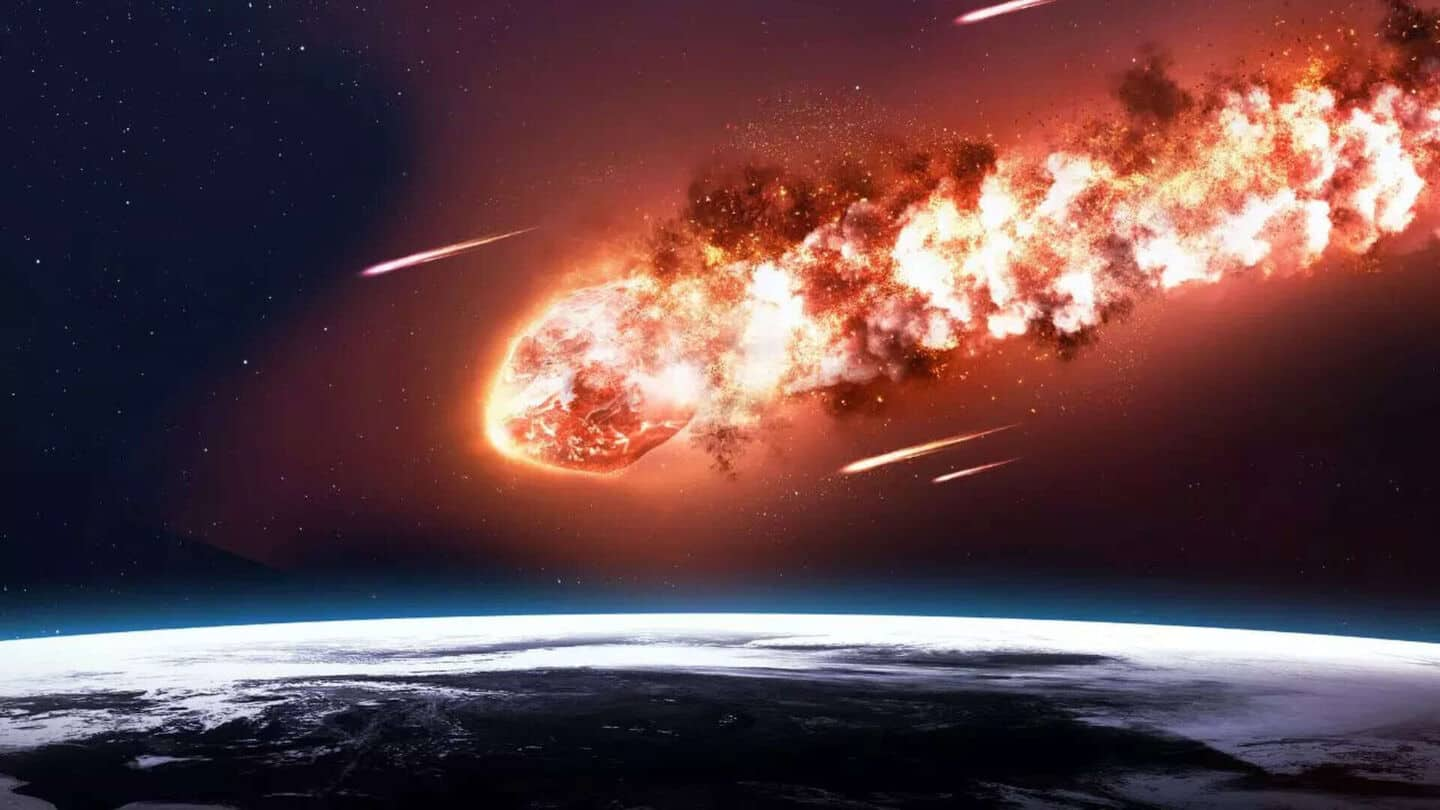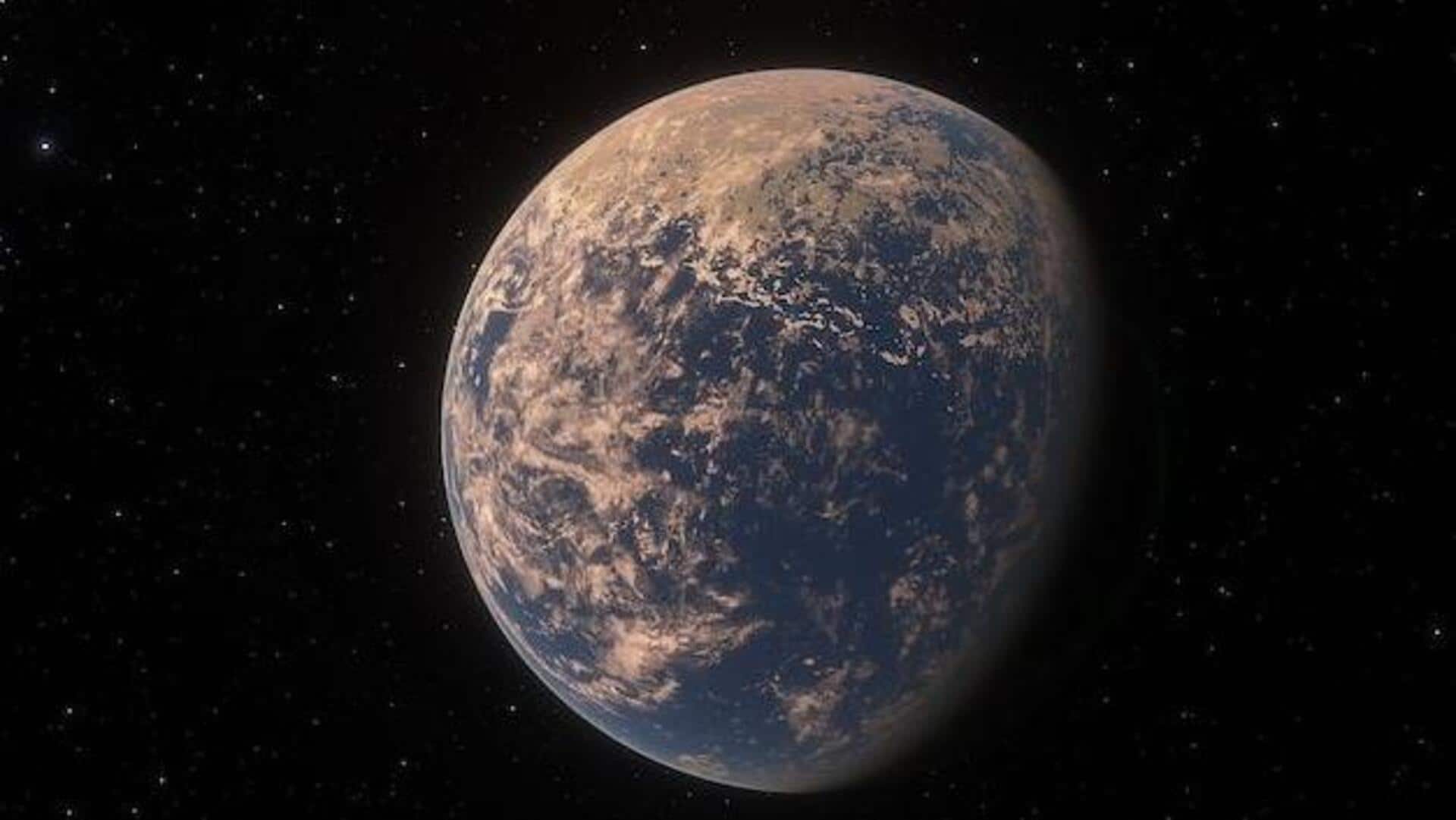Eclipses: Ancient Wonders
For centuries, humanity has been captivated by lunar eclipses, a celestial event that transforms the night sky into a canvas of mystery. These occurrences,
where the Earth positions itself directly between the Sun and the Moon, casting its shadow upon our lunar neighbor, have been observed and documented by civilizations across the globe. The beauty of a lunar eclipse lies in its ability to paint the moon with a reddish hue, a phenomenon that has earned it the poetic moniker 'blood moon.' This specific color, often varying in intensity, adds to the eclipse's intrigue, with each occurrence presenting a unique visual experience for those fortunate enough to witness it. Thousands of these eclipses have been recorded over millennia, with some lasting for what seems an eternity to the naked eye. The following sections will delve into seven of the most extended instances in recorded history.
The September 7, 2025
On September 7, 2025, the celestial ballet gifted stargazers across Asia, parts of Europe, and Africa with a remarkable spectacle. A stunning 'blood moon' graced the night sky during a total lunar eclipse, reminding us of the universe's grand design. The event was a perfect example of the alignment between the Sun, Earth, and Moon, casting Earth's shadow onto the lunar surface. Observers witnessed the Moon transform into a deep, reddish color, offering a unique and memorable experience for those who looked up. The event's location-based visibility further added to its exclusivity, with certain geographical regions, like Asia, Europe, and Africa, receiving the privilege of witnessing the entire eclipse, ensuring that those within its path were treated to a visual delight.
The Reddish Glow Unveiled
The captivating reddish hue of a lunar eclipse is a direct consequence of how sunlight interacts with Earth's atmosphere. As the Earth positions itself between the Sun and the Moon, the Moon does not become completely invisible. Instead, it is illuminated by sunlight that has passed through Earth's atmosphere. The shorter blue wavelengths of light scatter more readily, while the longer red wavelengths are more likely to pass through the atmosphere and reach the Moon. The Earth's atmosphere acts like a giant lens, filtering and bending the sunlight before it reaches the Moon. This atmospheric effect is why we observe the Moon taking on a reddish appearance during an eclipse. Depending on atmospheric conditions, such as the presence of dust or aerosols, the color of the moon can vary, producing a unique and unpredictable visual experience for anyone who looks at it.
Longest Eclipses Explained
The duration of a lunar eclipse hinges on how the Sun, Earth, and Moon align perfectly. The total phase of an eclipse is when the Moon passes entirely through Earth's umbra, the darkest part of the shadow. Several factors influence the duration of this total phase. The size and relative positions of the Sun, Earth, and Moon at the time of the eclipse are critical factors. The Moon's path through the Earth's shadow is not always the same. For example, if it passes through the center of the umbra, the total phase can be longer. These celestial dynamics allow for eclipses of extended duration, captivating sky watchers around the globe with their slow, breathtaking displays. Some of these eclipses have lasted for nearly two hours, turning the night into a period of cosmic contemplation.
Historical Observations
Over the years, numerous lunar eclipses have been recorded and studied. While the specific duration of these eclipses can vary, the common thread is the lasting impression they leave on those who witness them. The oldest known records detailing eclipses are in historical documents, some from ancient civilizations that carefully tracked these celestial occurrences. These accounts provide a glimpse into how different cultures perceived and understood these events. NASA and other scientific institutions have compiled databases of these records, allowing for analysis and comparison. By studying past eclipses, scientists can better predict future events. Their insights have given us a deeper appreciation for the intricate dance between the Sun, Earth, and Moon.
Witnessing Eclipses
For those eager to witness a lunar eclipse, the key is to know when and where to look. The frequency of these events makes them accessible to many. Generally, lunar eclipses are visible from any location where the Moon is above the horizon during the eclipse. To fully experience the wonder of a lunar eclipse, you don't necessarily need any special equipment. The naked eye can marvel at the changing colors of the moon. However, binoculars or a telescope can provide a more detailed view. Many resources are available to help you anticipate future eclipses. Astronomical websites and apps offer accurate predictions of eclipse dates, times, and visibility maps. With the help of these tools, anyone can follow the celestial display and get a chance to appreciate the beauty of a lunar eclipse.










